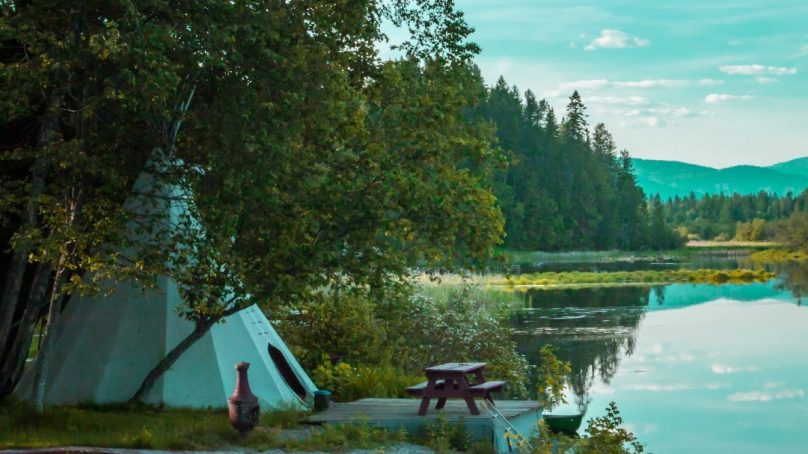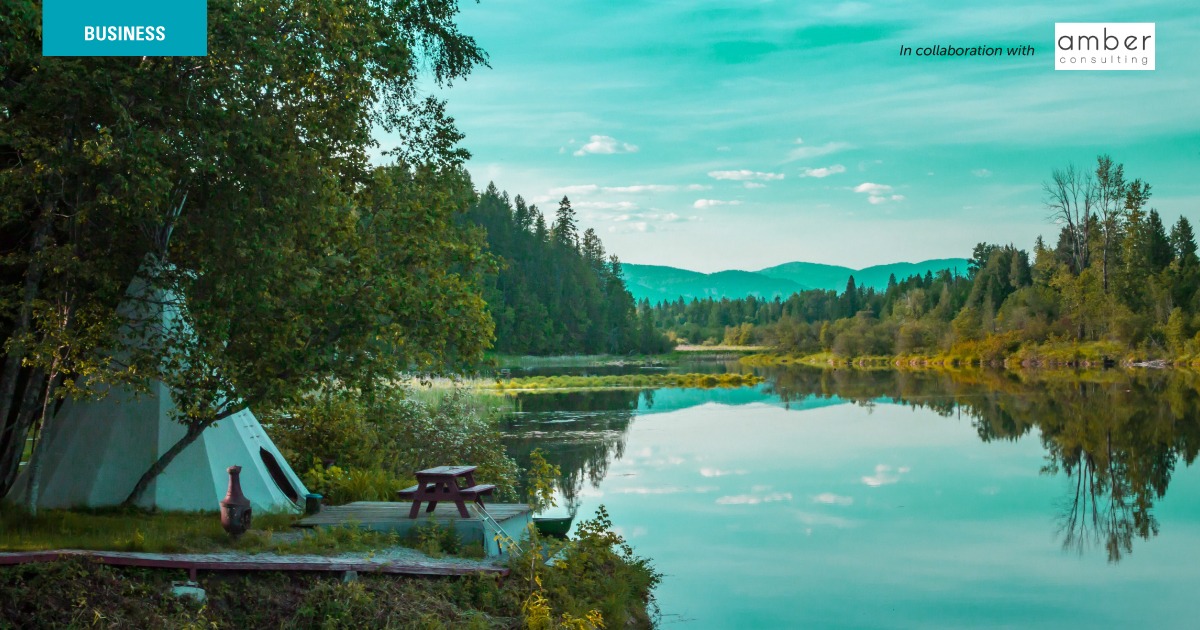

Glamping is loosely defined as luxury camping. It is the answer for those who want to camp in nature yet enjoy first class hotel services.
Although glamping was one of the top travel trends of 2020, it actually started long ago. Luca Franco, founder of Luxury Frontiers, a hotel brand that is known for its high-end tented camps, has seen his idea grow from a simple, wild experience to something much more popular. “Back in 2010, I’d go to hotel conferences explaining my experiential travel concepts of tents, treehouses and floating units,” he recounts. “Executives of top hotel brands would dismiss it. Now those same people are begging to work together.”
The demand for glamping was on the rise before Covid-19 due to bigger trends, including:
• Nomadic lifestyles as a result of the digital transformation of work
• Growth in experiential travel driven by millennials
• Reconnecting with nature and finding inner peace
• Greater personal and environmental awareness
• Social media and glamping-related content
• More domestic travel
Ultimately, the Covid-19 pandemic generated an explosive positive effect on demand for glamping, providing socially distant, hygienic and secluded breaks from the city.
Hoteliers’ shift
Several hospitality giants have already made moves to enter this exciting market, such as Marriott International with its tent resort on Bintan Island in Indonesia.
Signs of profitability
Signs of profitability With relatively small initial investment, hotel owners can substantially boost profits. In 2010, 95 percent of the tented resorts in the world were in Africa. Today, Africa represents just 50 percent of the market, while the number of resorts in India, Asia and the Middle East has increased. In 2018, the global glamping market was valued at USD 2.1 billion, with a projected CAGR of 12.5 percent from 2019 to 2025. “Luxury tents and treehouses typically generate 20 to 40 percent rate premium revenue over traditional rooms and cost less to build. Our projects cost anywhere from USD 200,000 to USD 600,000 per room but can generate USD 500 to USD 5,000 per night. Because they are unique experiences, people will pay more,” explains Franco.
Furthermore, hoteliers often benefit from:
• Low staffing models compared to traditional hotels
• Strong operating/profitability margins given the limited amenities and services
• Relatively low development/construction costs
• Lower tax rates
• Limited competition
Social media loves glamping
Social media has also played a major role in driving consumer awareness about the availability of glamping services, especially among millennials. This group held the largest market share in 2018 and is expected to expand at the fastest CAGR over the forecasted period. The glamping key players opt for social media marketing and advertisement marketing through online articles, blogs and social media platforms. Also, they offer customized glamping plans at exotic locations with fascinating landscapes and top-notch amenities to cater to specific consumer demand.
Middle Eastern hub
A favorable climate coupled with a wealth of cultural and natural gems have put the Middle East on the global glamping map. In Wadi Rum, Jordan, alone, there are around 74 glamping sites promising visitors the ultimate desert adventure. At the same time, the UAE has became well known for its unique glamping destinations that boast next-level luxury, such as the Ritz-Carlton Ras Al Khaimah, Al Wadi Desert, Al Maha and the Kingfisher Lodge. With tourism developing in Saudi Arabia, many entrepreneurs have their eyes on the great potential of developing glamping sites in the kingdom.

CEO
Amber Consulting













